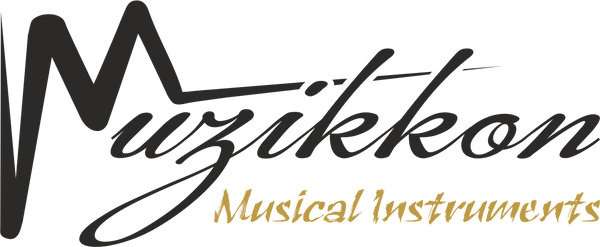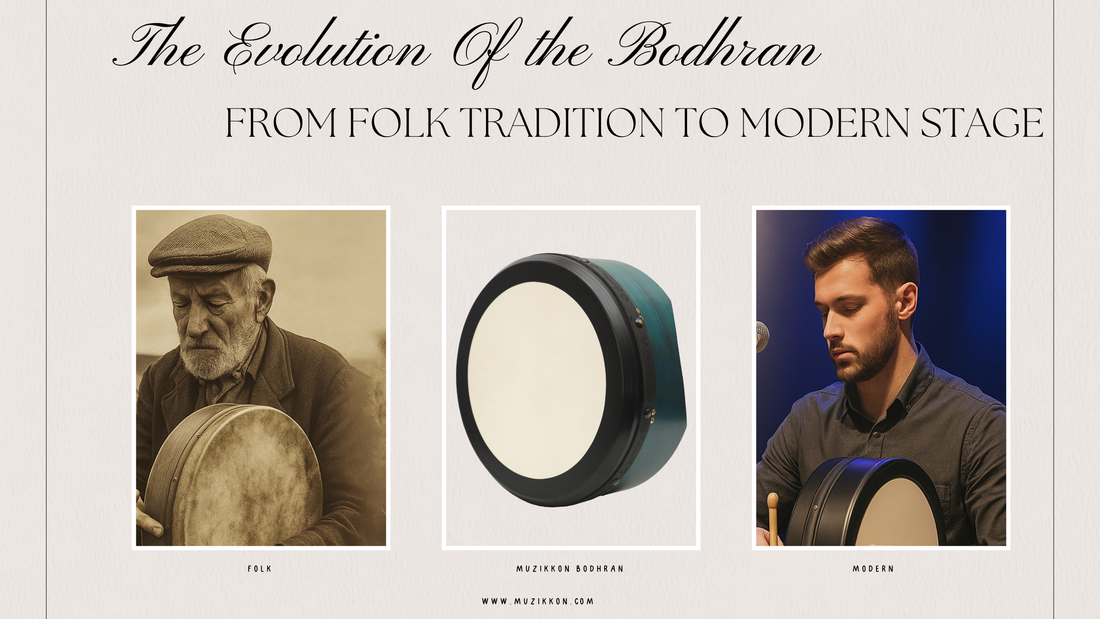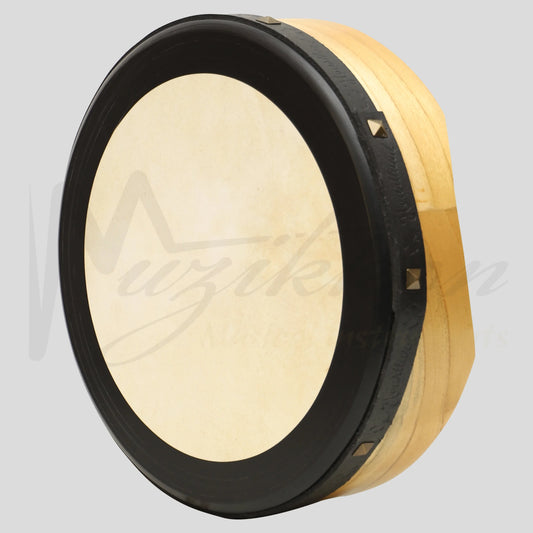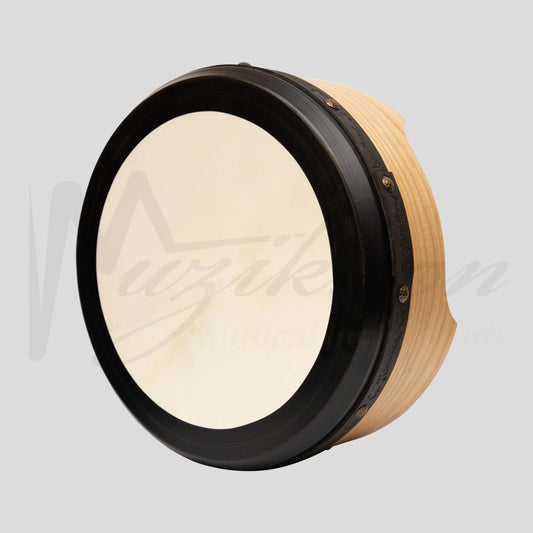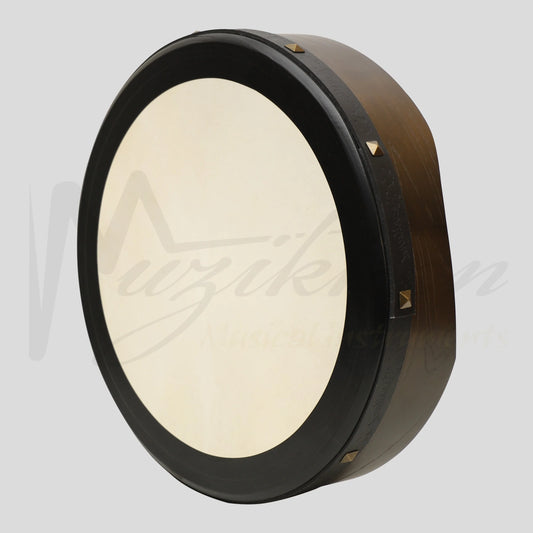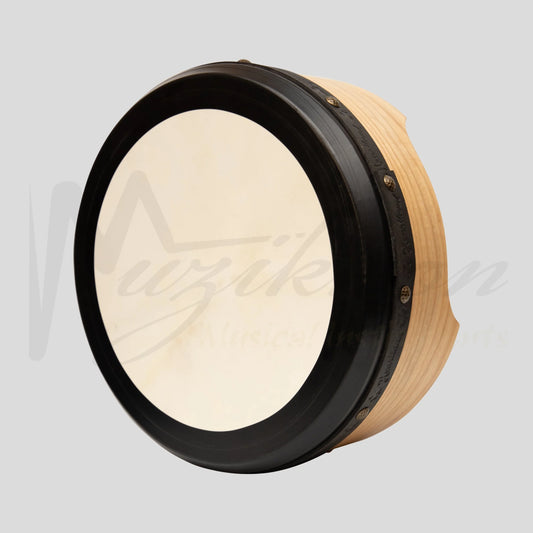The bodhrán holds a unique place among traditional musical instruments. With its raw, earthy tone and rhythmic drive, it has been the heartbeat of Irish music for generations. Though it is often thought of as a simple drum, the bodhrán carries centuries of history, cultural transformation, and musical innovation within its circular frame. Tracing its journey from rustic folk roots to polished modern performances offers a window into the broader evolution of traditional music itself.
🔗 Shop The bodhrán
Roots in Folk Culture
The earliest origins of the bodhrán remain somewhat mysterious. Some believe it descended from simple agricultural tools like grain sieves or shallow winnowing trays, which were adapted over time into musical instruments. References to frame drums appear across many ancient cultures, but in Ireland, the bodhrán evolved into something distinct, especially by the 18th and 19th centuries. It was primarily associated with rural festivities, gatherings, and ritual ceremonies, where its deep, resonant pulse could animate dance and song.
Historically, the bodhrán was often played with the bare hand, allowing the performer to create a wide range of sounds and textures. Its use was deeply communal rather than formal, woven into the fabric of village life rather than the concert stage. For much of its early history, it remained a regional tradition rather than a polished instrument intended for broad audiences.
The bodhrán’s construction reflected its utilitarian roots. Early versions were typically made with a simple wooden frame and a goatskin head, sometimes with crossbars to aid handling. Its size varied widely, and the techniques for playing it were passed down informally through communities rather than through formal musical instruction.
From Folk Instrument to Modern Performer’s Drum
The bodhrán’s transformation into a prominent stage instrument began during the Irish folk revival of the mid-20th century. As traditional music gained new appreciation both within and beyond Ireland, musicians sought ways to elevate the bodhrán from its humble background into a versatile and expressive percussion instrument suitable for contemporary ensembles.
One key innovation was the development of the tipper, a small double-headed beater that allowed for faster, more intricate rhythms. This opened up a broader range of expression, making the bodhrán capable of driving fast-paced reels and jigs while maintaining sensitivity for slower airs. Players also began experimenting with tuning systems, allowing the drumhead’s tension to be adjusted for different tonal effects, something not possible with the fixed-tension heads of older instruments.
As playing styles grew more sophisticated, a vocabulary of techniques developed. Skilled performers could produce deep bass tones, sharp slaps, muted clicks, and rolling rhythms, often varying their grip and the angle of the tipper. Advanced players also introduced hand techniques on the back of the drumhead to modulate pitch and create melodic phrasing, giving the bodhrán a dynamic role beyond basic timekeeping.
Today, the bodhrán stands proudly on stages around the world, featured not only in traditional Irish ensembles but also in experimental folk, world music collaborations, and even orchestral settings. It continues to evolve in the hands of contemporary players, who expand its rhythmic possibilities and adapt it to new musical styles.
For those interested in starting their own journey with this iconic drum, there are many excellent options available. Muzikkon offers a carefully curated selection of handcrafted Bodhrán for Sale, suitable for players at every level.
The bodhrán’s evolution from a simple folk drum to a respected stage instrument is a testament to the living nature of musical tradition. It remains an instrument that bridges the past and present, carrying with it the energy of ancient gatherings and the creativity of modern performance. If you are ready to bring its timeless rhythm into your own music, explore the bodhrán collection at Muzikkon and find the one that fits your voice.
